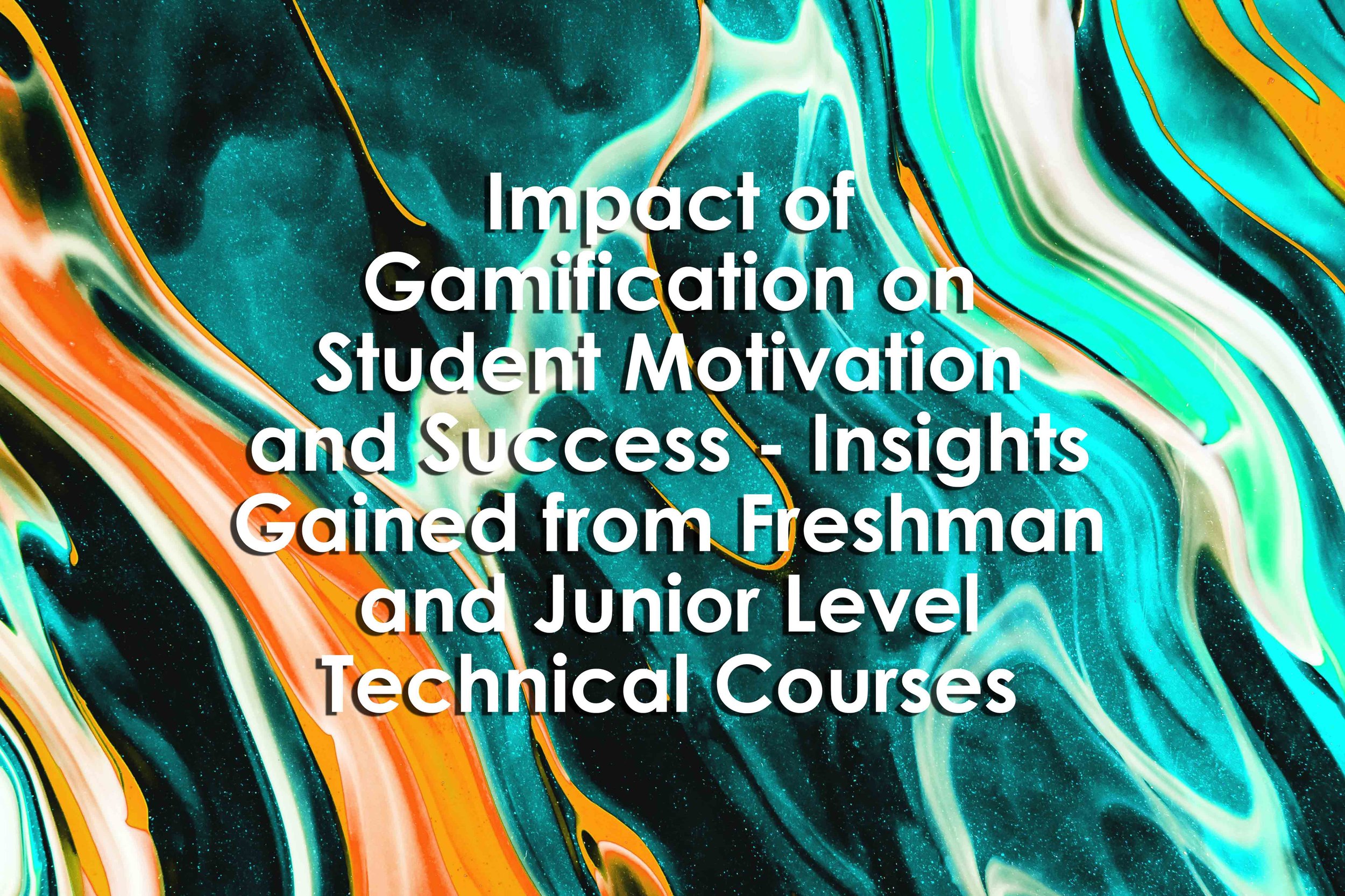In recent years, the concept of gamification has emerged as a powerful tool in education, significantly influencing student engagement and retention. By integrating game-like elements into learning environments, educators can create more interactive and enjoyable experiences that motivate students to participate actively. This article delves into the impact of gamification on student engagement and retention, exploring how these innovative strategies can transform traditional educational practices.
As you read further, you will uncover the various ways gamification enhances learning outcomes, including increased motivation, improved collaboration, and a deeper understanding of course material. We will discuss real-world examples of successful gamification implementations in classrooms and online learning platforms, illustrating the tangible benefits for both students and educators. Additionally, we will examine the psychological principles behind gamification and how they can be leveraged to foster a more engaging learning atmosphere.
Whether you are an educator seeking to enhance your teaching methods or a student interested in understanding how gamification can enrich your learning experience, this article offers valuable insights. Join us as we explore the transformative potential of gamification in education and discover practical strategies to boost student engagement and retention. Don’t miss out on the opportunity to learn how to make learning more enjoyable and effective!
Gamification has emerged as a powerful tool in education, transforming traditional learning environments into engaging and interactive experiences. By incorporating game-like elements into educational settings, educators aim to enhance student motivation and retention. This article explores various aspects of gamification and its impact on student engagement and retention.
Understanding Gamification in Education
Gamification in education refers to the integration of game design elements in non-game contexts to enhance learning experiences. This approach leverages elements such as points, badges, leaderboards, and challenges to motivate students. By creating a more dynamic learning environment, gamification encourages students to participate actively in their education.
Research indicates that gamification can lead to increased student engagement, as it taps into intrinsic motivations. When students are rewarded for their efforts, they are more likely to persist in their studies, leading to improved retention rates. Understanding the principles of gamification is crucial for educators looking to implement these strategies effectively.
Enhancing Motivation Through Game Mechanics
One of the primary benefits of gamification is its ability to enhance student motivation. Game mechanics, such as immediate feedback and progress tracking, provide students with a sense of accomplishment. This feedback loop encourages them to set and achieve goals, fostering a growth mindset.
Moreover, the competitive aspect of gamification can drive students to engage more deeply with the material. By introducing challenges and rewards, educators can create an environment where students are motivated to excel. This heightened motivation can lead to better academic performance and increased retention rates.
The Role of Social Interaction in Gamified Learning
Social interaction is a critical component of gamified learning environments. Collaborative games and team-based challenges promote communication and teamwork among students. This social aspect not only makes learning more enjoyable but also helps build a sense of community within the classroom.
When students work together to achieve common goals, they are more likely to stay engaged and committed to their learning. The relationships formed through collaborative gamification can enhance retention, as students feel more connected to their peers and the learning process.
Measuring Engagement and Retention in Gamified Environments
To assess the effectiveness of gamification, educators must measure student engagement and retention accurately. Various metrics, such as participation rates, completion rates, and student feedback, can provide insights into the impact of gamified strategies.
Additionally, qualitative data, such as student reflections and interviews, can help educators understand how gamification influences their learning experiences. By analyzing these metrics, educators can refine their approaches and ensure that gamification effectively enhances student engagement and retention.
Challenges and Considerations in Implementing Gamification
While gamification offers numerous benefits, it also presents challenges that educators must navigate. One significant concern is the potential for overemphasis on rewards, which may lead to extrinsic motivation overshadowing intrinsic motivation. Educators must strike a balance between providing incentives and fostering a genuine love for learning.
Additionally, not all students respond positively to gamified elements. Some may feel overwhelmed by competition or disengaged by the game mechanics. Understanding the diverse needs of students is essential for creating an inclusive gamified learning environment that promotes engagement and retention for all.
Future Trends in Gamification and Education
The future of gamification in education looks promising, with advancements in technology paving the way for more immersive learning experiences. Virtual reality (VR) and augmented reality (AR) are emerging as powerful tools that can enhance gamified learning by providing realistic simulations and interactive environments.
As educators continue to explore innovative gamification strategies, it is essential to stay informed about the latest trends and research. By embracing these developments, educators can create engaging and effective learning experiences that promote student engagement and retention in the long term.
| Aspect | Description |
|---|---|
| Definition of Gamification | Gamification refers to the integration of game design elements in non-game contexts, such as education, to enhance user engagement and motivation. |
| Enhancing Engagement | Gamification increases student engagement by making learning more interactive and enjoyable. Elements like points, badges, and leaderboards motivate students to participate actively. |
| Improving Retention | By fostering a more engaging learning environment, gamification can lead to higher retention rates. Students are more likely to stay committed to their studies when they find the material enjoyable. |
| Immediate Feedback | Gamified systems often provide instant feedback, allowing students to understand their progress and areas for improvement, which can enhance learning outcomes. |
| Social Interaction | Gamification encourages collaboration and competition among students, promoting social interaction that can lead to a more supportive learning community. |
| Challenges and Considerations | While gamification has many benefits, it is essential to design it thoughtfully to avoid potential pitfalls, such as overemphasis on rewards or competition that may detract from intrinsic motivation. |
| Conclusion | Overall, gamification has a significant positive impact on student engagement and retention, making it a valuable strategy in modern educational practices. |



